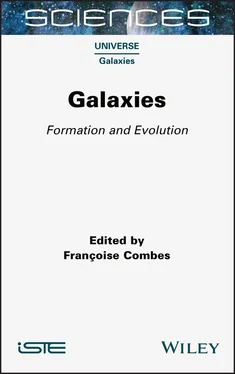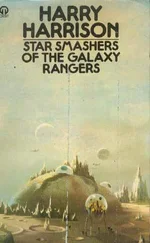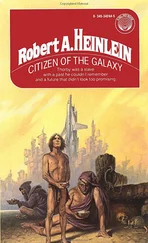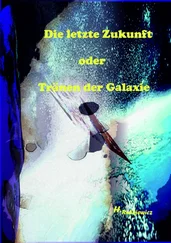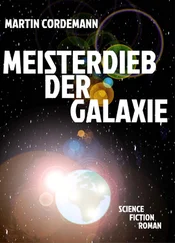The bars of spiral galaxies : As already noted in section 1.2, the CVRHS classification of bars utilizes five categories, SA, SAB, SAB, SAB and SB (de Vaucouleurs 1963), in a sequence of increasing visual bar strength ( Figure 1.11). The classification is based on the length, contrast and axis ratio of the bar or bar-like feature. Although leading dust lanes are not a classification criterion for bars, such lanes are often seen in barred spirals of types S0/a to Sbc and could impact the apparent bar strength. Based on CVRHS classifications, the bar fraction is about 50% for SAB, SAB and SB cases, but increases to 67% if SAB is included (Buta et al . 2015; Buta 2019). The cosmological significance of the bar fraction is discussed by Sheth et al . (2008).
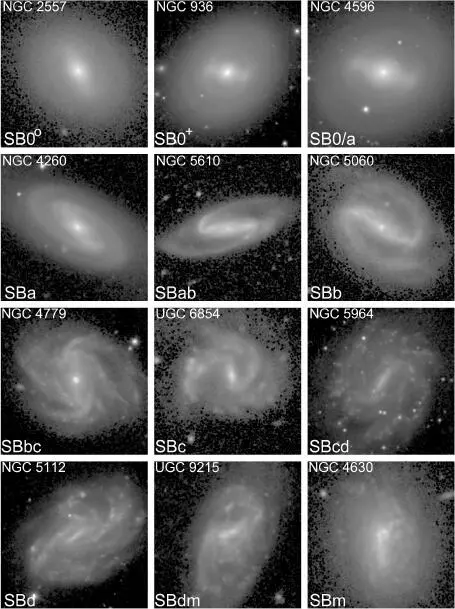
Figure 1.10. A sequence of stages for barred galaxies in the VRHS/CVRHS system
There are additional aspects of bars recognized in CVRHS classifications. Most bars are regular bars, the kinds of features seen in classic barred spirals like NGC 1300 or NGC 1365. Others are “ansae-type” bars, where the bar appears to have “handles” or enhanced spots at the ends (Martinez-Valpuesta et al . 2007). Several examples are shown in Figure 1.12, which are classified using the symbols SB a or SAB a . In some cases, the appearance of ansae-type bars suggests a regular bar in the process of actual dissolution. On the other hand, Athanassoula et al . (2016) have recently used numerical simulations to show that ansae could form in the disk-shaped remnant of the merger of two spiral galaxies. Another aspect of bar classification comes from box/peanut bulge galaxies. A box/peanut bulge galaxy is generally an edge-on disk-shaped galaxy where the bulge has boxy isophotes and has the look of an “X” pattern crossing the center. One of these is shown in Figure 1.12and several others are shown in Figure 1.13(bottom row). The appearance of a boxy/peanut bulge can depend on whether the bar is viewed end-on or broadside-on. The X is believed to be a result of the line of sight view through vertical resonant bar orbits (e.g. Abbott et al . 2017). The classifications SB x and SAB x are used for boxy/peanut bulges. In some cases, both a boxy/peanut bulge and ansae occur in the same system (as in NGC 5445; Figure 1.12). In such cases, the classification is SB ax or SB xa .
Although the CVRHS bar family classification can be consistently applied, it is still a visual judgment and is not the most effective way of quantifying bar strength. It is also technically based on blue light images (the historical waveband of galaxy classification) where the appearance of the bar may be affected by dust and star formation. More quantitative approaches to bar strength include the maximum ellipticity in the bar region, the maximum relative m = 2 Fourier intensity amplitude A 2= ( I 2 /I 0) maxand the ratio of the maximum tangential force to the mean radial force in the bar region, all based on near-infrared images (e.g. Combes and Sanders 1981; Buta and Block 2001; Buta 2012). Garcia-Gómez et al . (2017) describe the application of a two-dimensional Fourier transform technique to more reliably characterize the strengths of bars in disk galaxies.
Inner varieties : The inner variety of any disk-shaped galaxy refers to the presence or absence of an inner ring (Sandage 1961). If an inner ring is present, the inner variety is (r). In a spiral, the spiral structure breaks from near the location of the inner ring. The inner variety is (s) if there is no inner ring and the spiral structure either winds all the way to near the center of the galaxy or breaks directly from the ends of a bar. In many galaxies, a partial inner ring made of tightly wrapped spiral structure is seen. As noted in section 1.2, such “pseudorings” are recognized by the symbols (rs) in the variety sequence: (s), (rs), (rs), (rs), (r), where the underlines denote the dominant characteristic. Examples of these morphologies are shown in the upper row in Figure 1.14.
Inner rings are most common in barred galaxies, but also appear in non-barred galaxies. Some non-barred galaxies with rings could be evolved remnants of an earlier barred phase, owing to the possibility that bars may dissolve in much less than a Hubble time due to a buildup of the central mass concentration (Norman et al . 1996).

Figure 1.11. A sequence of increasing apparent bar strength

Figure 1.12. Bars showing enhanced “handles”, or ansae. The features appear in spot, linear or curved form

Figure 1.13. Three edge-on galaxies showing boxy/peanut-type bulges
A different inner variety sequence is sometimes applicable. As noted in section 1.3, early-type galaxies often show inner lenses, which are features located in the same place where an inner ring would be seen. If a bar is present, the bar usually fills the inner lens in one dimension (Kormendy 1979). The symbol for an inner lens is (l) and that for an inner ring-lens is (rl). These are used in the sequence: (r), (rl), (rl), (rl), (l). Examples of these morphologies are shown in the bottom row of Figure 1.14. In some cases, the inner variety is r′l, meaning an inner pseudoring-lens. In an actual classification, the inner variety is in parentheses between the family and the stage [as in, e.g. SB(r)b, SAB(rs)cd, SA(l)0/a, etc.].
The relation between inner rings and inner lenses is unclear. One possibility is that an inner lens is a highly evolved inner ring. This might account for the existence of inner ring-lenses (rl), which appear to be low contrast inner rings. However, Kormendy (1979; see also Bournaud and Combes 2002; Gao et al . 2018) proposed another interpretation: that inner lenses represent dissolved bars. Bar dissolution is possible because the presence of a bar not only heats the disk component, but also causes resonance effects that force stars onto orbits that do not support the bar. An example of the latter is the formation of a nuclear bar , which is a small secondary bar that forms inside a primary bar. Such features are recognized with the symbol (nb) in the CVRHS classification system, and are often significantly misaligned with a primary bar if present.
An interesting aspect of inner rings and lenses is that the former are most common in barred galaxies, but the latter are most common in non-barred galaxies. A possible reason for this is that bar dissolution could leave behind a lens that was formerly the inner part of the bar, called a barlens (Laurikainen et al . 2013). A barlens [symbolized by (bl)] is generally the roundish, inner component of a bar that often is mistaken for a classical bulge. Examples are shown in Figure 1.18. Athanassoula (2016) interprets barlenses as the three-dimensional inner sections of bars that appear as boxy/peanut bulges in the edge-on view. The ends of the bar are much flatter than this inner section. In general, the boxy character of these inner sections is not very evident in the near face-on view. However, in some bars, an inner boxy zone is seen even in a lower inclination view (examples: NGC 7020, IC 4290, IC 5240; Buta et al . 2007).
Читать дальше
